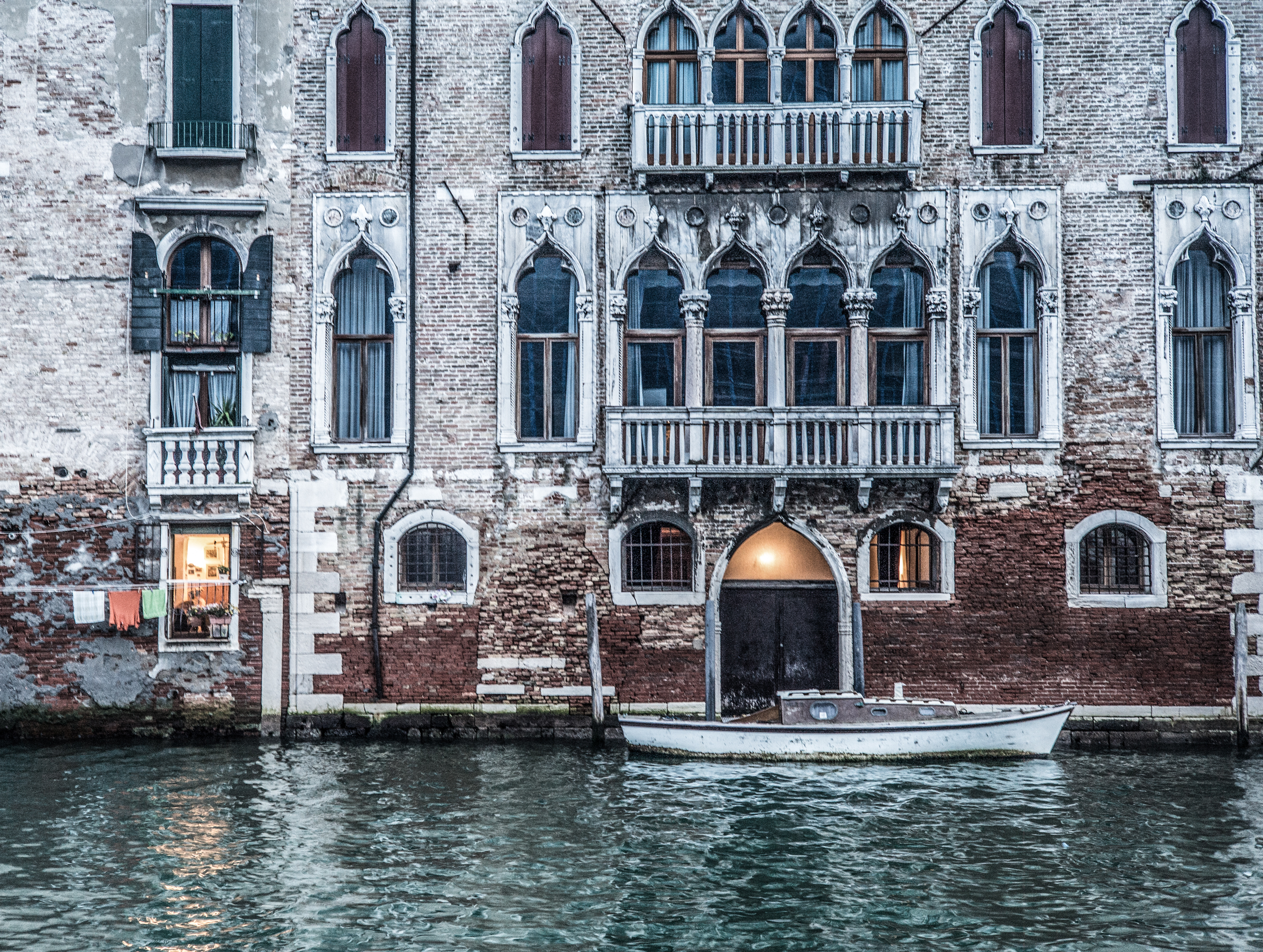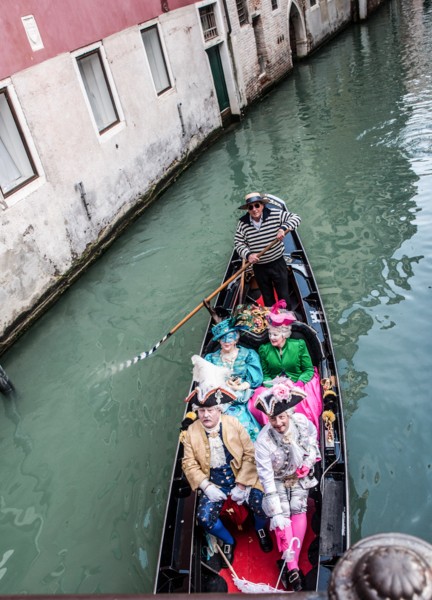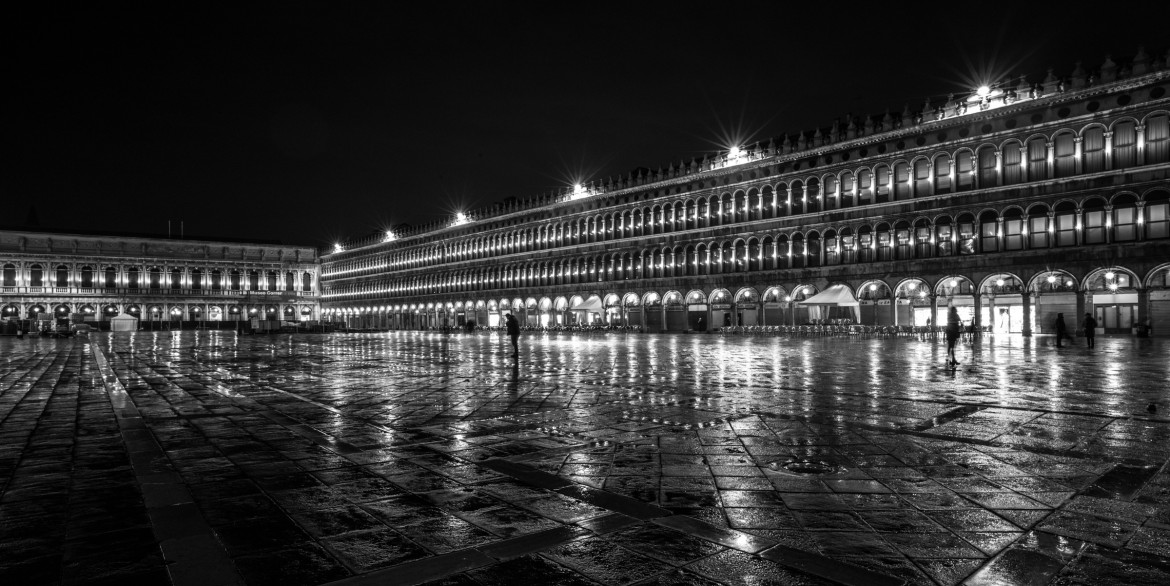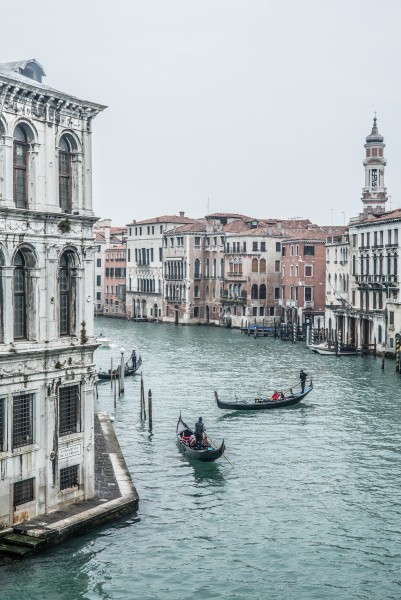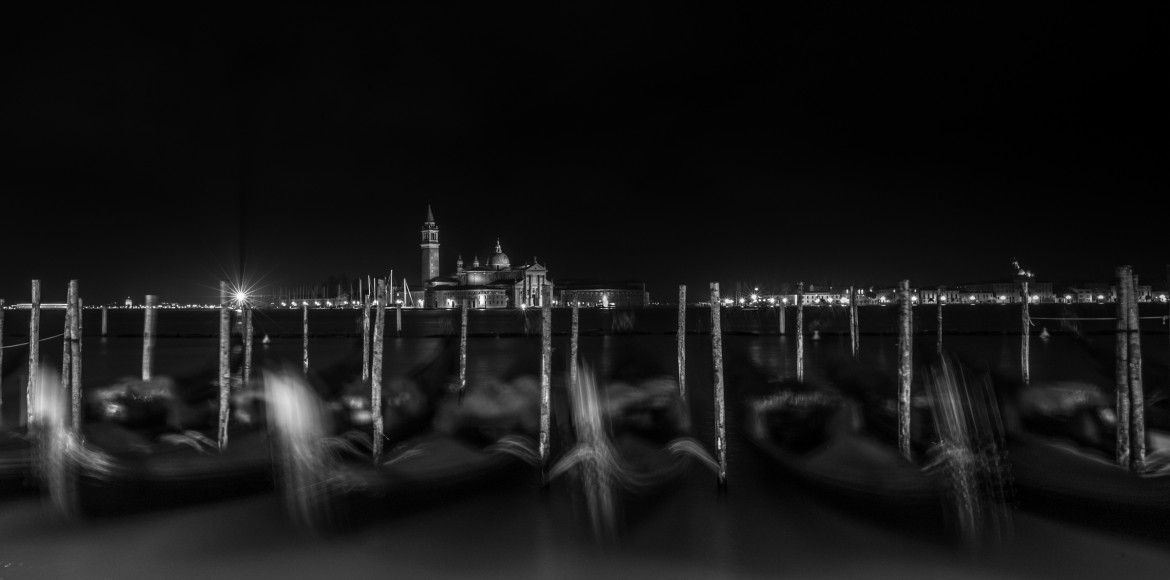VENETO REGION
 The Veneto Region is one of the world’s most well-known and coveted tourist locations. It is Italy’s most welcoming region and holds first place in terms of tourist numbers. Thanks to its cultural heritage, landscapes and the great variety of environments and ecosystems, the Region is able to meet a wide range of needs and offer visitors a multitude of different opportunities: from artistic tourism to seaside resorts, from spas to sporting facilities, from mountains to countryside. The Veneto Region is located in north-eastern Italy, an obligatory crossroads where the main routes going from west to east and from north to south of the European continent meet. The area is mainly flat with hills covering 15% of the surface and mountains covering 29%. The Veneto Region is known for its extraordinary variety of landscape. Apart from its famous artistic and cultural cities (Venice, Verona, Vicenza, Padua, Treviso, Rovigo and Belluno), there are also beautiful natural areas such as the Dolomite mountains and the plateaus and Venetian hills, the shores of Lake Garda, the Euganei Hill scenery, the modern seaside resorts and, last but not least, the Delta Park and Veneto’s regional parks. Cultural exhibitions, folkloristic events with interesting wine and food shows, international health centres that include famous spas, complete the offer. In the last 20 years, the Veneto Region has recorded an exceptional growth in its own economy and has become one of the major development poles in the Italian economy. Tourism is still the Region’s top talent due to it welcoming the highest number of tourists in Italy (almost 57 million) and having an exceptional tourist accommodation network of 51,307 facilities providing a total of 672,553 beds. Congress organisation is also part of the tourism industry with a structural offer that exceeds 800 different types of facility (473 congress halls inside hotels, 24 congress centres, 156 in historical locations and 149 in other places). The whole network is distributed in areas where tourist and accommodation facilities abound and with good road and rail connections. Particular mention should go to the congress poles that are developing throughout the regional territory. The sector can also count on players who create and supply a wide variety of products that range from those able to satisfy ‘international’ standards to numerous others that can easily meet the needs and requirements of different areas of demand.
The Veneto Region is one of the world’s most well-known and coveted tourist locations. It is Italy’s most welcoming region and holds first place in terms of tourist numbers. Thanks to its cultural heritage, landscapes and the great variety of environments and ecosystems, the Region is able to meet a wide range of needs and offer visitors a multitude of different opportunities: from artistic tourism to seaside resorts, from spas to sporting facilities, from mountains to countryside. The Veneto Region is located in north-eastern Italy, an obligatory crossroads where the main routes going from west to east and from north to south of the European continent meet. The area is mainly flat with hills covering 15% of the surface and mountains covering 29%. The Veneto Region is known for its extraordinary variety of landscape. Apart from its famous artistic and cultural cities (Venice, Verona, Vicenza, Padua, Treviso, Rovigo and Belluno), there are also beautiful natural areas such as the Dolomite mountains and the plateaus and Venetian hills, the shores of Lake Garda, the Euganei Hill scenery, the modern seaside resorts and, last but not least, the Delta Park and Veneto’s regional parks. Cultural exhibitions, folkloristic events with interesting wine and food shows, international health centres that include famous spas, complete the offer. In the last 20 years, the Veneto Region has recorded an exceptional growth in its own economy and has become one of the major development poles in the Italian economy. Tourism is still the Region’s top talent due to it welcoming the highest number of tourists in Italy (almost 57 million) and having an exceptional tourist accommodation network of 51,307 facilities providing a total of 672,553 beds. Congress organisation is also part of the tourism industry with a structural offer that exceeds 800 different types of facility (473 congress halls inside hotels, 24 congress centres, 156 in historical locations and 149 in other places). The whole network is distributed in areas where tourist and accommodation facilities abound and with good road and rail connections. Particular mention should go to the congress poles that are developing throughout the regional territory. The sector can also count on players who create and supply a wide variety of products that range from those able to satisfy ‘international’ standards to numerous others that can easily meet the needs and requirements of different areas of demand.
 VENICE
VENICE
Venice is the primary municipality in terms of population and surface area. It includes island and dry land areas and is articulated around the two distinct centres of Venice (in the centre of the Venetian lagoon) and Mestre (on dry land).
The city of Venice was the capital of the Republic of Venice for over one thousand years and, for this reason, it is also known as the Serenissima, the Dominant and the Queen of the Adriatic.
Due to its urban peculiarities and its artistic heritage, Venice is universally thought of as one of the most beautiful cities in the world and it is listed, together with its lagoon, as one of UNESCO‘s World Heritage sites. This factor has contributed to putting Venice in second place (after Rome) in terms of tourist flows, the majority of whom come from abroad.
Venice’s historical centre arises in the middle of its lagoon on a total of one hundred and eighteen small islands, separated by navigable canals and connected exclusively by footbridges.
There are several built up islands around the historical centre including Murano and Burano, which are famous for glass and lace making respectively.
Not-to-be-missed
Saint Mark’s Square with its Bell Tower, the Ducal Palace, the Bridge of Sighs, Rialto Bridge, Saint Marco’s Basilica, the Basilica of Santa Maria della Salute, the Arsenal towers.
VICENZA
Vicenza is also known as ‘the City of Palladio’, who built many architectural masterpieces in the late Renaissance period. It is one of the most important artistic cities within and outside the Veneto Region. It is, in fact, a cultural destination with tourist flows from every part of Italy and abroad. Andrea Palladio‘s many architectonic contributions have led the city to become one of exceptional artistic value. In 1994, the city was added to the list of UNESCO World Heritage sites, which also includes the Veneto Region’s Palladian villas (since 1996).
The Italian gold industry capital, Vicenza is one of Italy’s most important and internationally famous exhibition poles.
Peculiarity: The London Times newspaper has also listed Vicenza as one of Italy’s most admirable places to visit.
Not-to-be-missed
Basilica Palladiana, Olimpico Theatre, Villa Capra Valmanara, Loggia del Capitano, Piazza dei Signori and la Rua, Basilica Santuario della Madonna di Monte Berico, the Casale pond naturalistic oases, the Palladian Villas, Recoaro Spas, the chess match at Marostica

